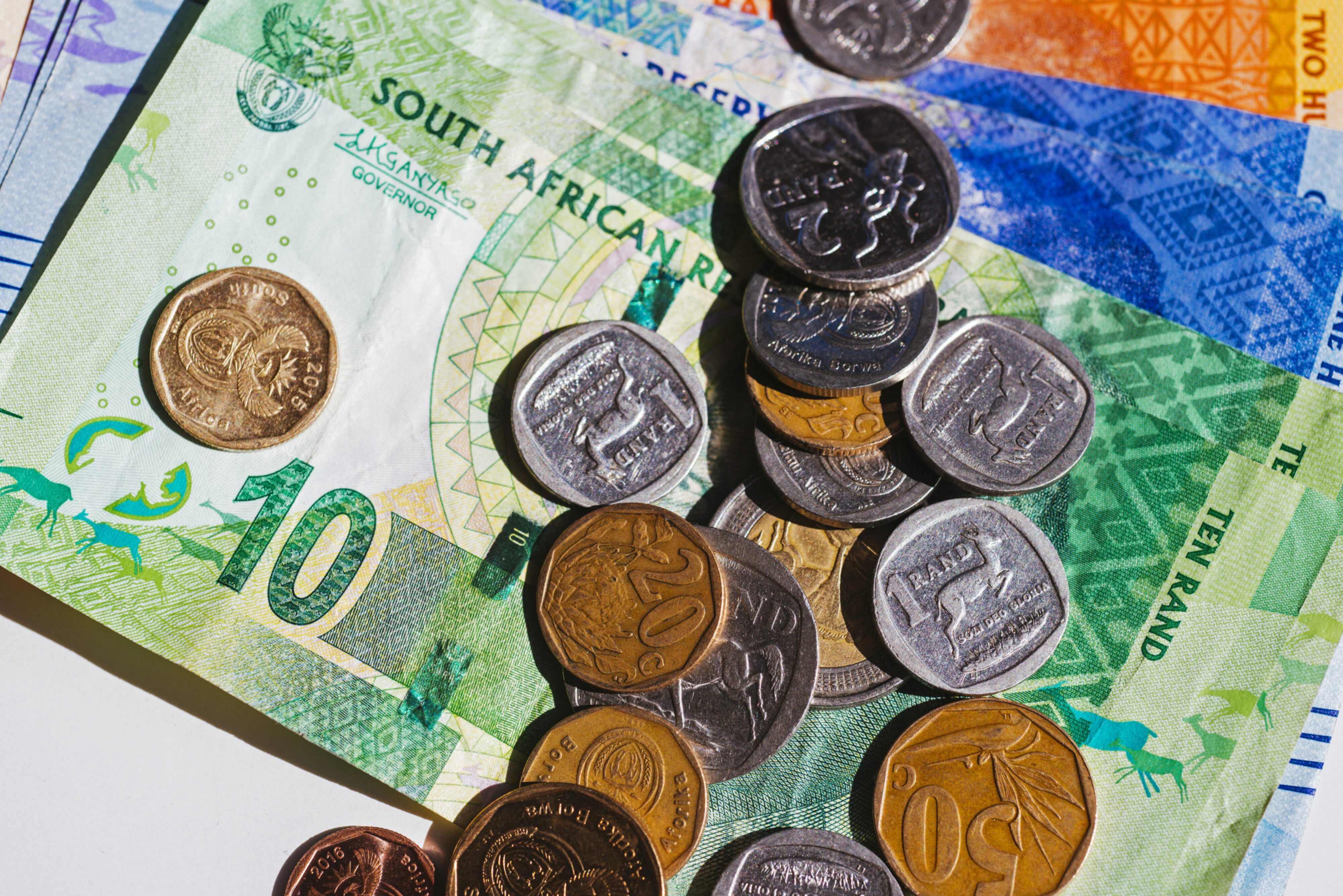Africa’s most industrialized economy is strapped for cash after years of power shortages, transport bottlenecks and dysfunctional government, with unemployment running at 32.6%. Half of the population get some sort of social support.
| Read More: |
|---|
|
President Cyril Ramaphosa will meet with ministers to ensure “fiscal management doesn’t derail agreed-to priorities,’ Minister in the Presidency Khumbudzo Ntshavheni told journalists on Thursday following the cabinet sitting.
“Cabinet has iterated that measures to address the budget shortfall must not impact negatively on service delivery,” she said.
The governing African National Congress faces a tough election next year, and members of the cabinet are worried that the hardship caused by withdrawing the 350 rand ($18) monthly payments could cost the party support, stoke social unrest and risk a repeat of the lethal violence unleashed in 2021.
Money to maintain the grant will be likely be raised by walking away from a public sector wage deal struck in March, the insiders said.
Strike Threat
The pay agreement gave workers an average 7% increase for the next financial year at an estimated cost of 37.4 billion rand. The grant, launched during the pandemic as a temporary support but still received by around 10 million South Africans, costs 40.5 billion rand over the same period.
Labor unions have already threatened to go on strike if the pay deal is frozen.
The Treasury will now issue new guidelines which will reflect the position and priorities of cabinet, especially when it comes to social spending, the insiders said.
The guidelines which will be issued to departments in the coming days will come ahead of Finance Minister Enoch Godongwana’s medium-term budget outlook on Nov. 1.
Ramaphosa signalled earlier this month that he was unlikely to back cuts in social spending, saying that it was “not necessarily” the solution to the nation’s economic woes.
Edgar Sishi, the head of the Treasury’s budget office, told Bloomberg this month that tension with other government agencies, while not new, had grown sharper because the numbers were getting worse.
“One thing you know about politicians is that politicians have never seen a dime they couldn’t spend,” he said.




 A collection of mixed denomination South African rand coins and banknotes sit in an arranged photo in Johannesburg, South Africa, on Thursday, June 22, 2017. South Africas inflation rate rose for the first time this year in May after food-price growth quickened from the slowest pace since December 2015.
A collection of mixed denomination South African rand coins and banknotes sit in an arranged photo in Johannesburg, South Africa, on Thursday, June 22, 2017. South Africas inflation rate rose for the first time this year in May after food-price growth quickened from the slowest pace since December 2015.